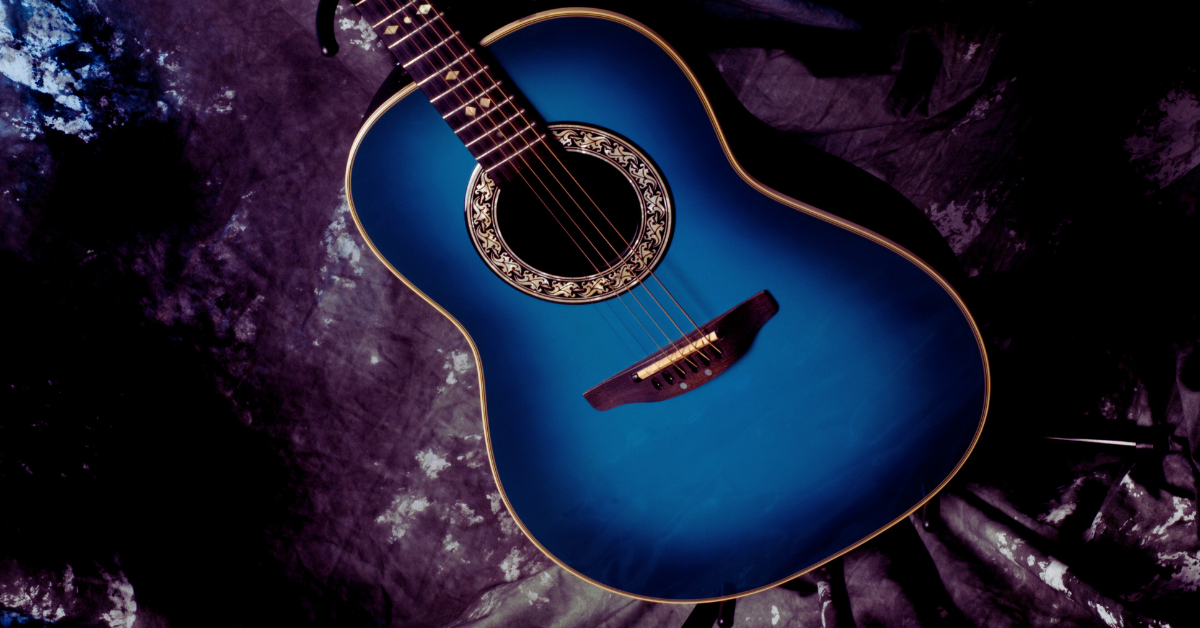In the realm of musical instruments, the acoustic guitar stands as an enduring symbol of melodic beauty and artistic expression. With its rich tones and soul-stirring resonance, the acoustic guitar has captivated musicians and audiences alike for centuries. In this article, we embark on a journey to explore the captivating world of acoustic guitars, unraveling their history, construction, unique characteristics, and the profound impact they have had on the realm of music.
A Brief Historical Prelude: The origins of the acoustic guitar Irish Bouzouki can be traced back centuries, with roots deeply embedded in cultures around the globe. Its early iterations were predecessors to the modern instrument we know today, evolving and adapting to suit the diverse musical traditions of different regions. From the ancient lutes of Mesopotamia to the Renaissance-era vihuelas, the acoustic guitar has woven itself into the fabric of musical history, serving as a melodic companion for storytellers, troubadours, and virtuosos.
The Construction and Sonorous Magic: At the heart of an acoustic guitar lies its meticulous construction, a harmonious blend of craftsmanship and precision engineering. The body of an acoustic guitar is carefully designed to maximize its resonant qualities, with various shapes and sizes influencing the instrument’s tonal characteristics. From the smaller-bodied parlor guitars to the larger dreadnoughts and jumbos, each design offers a unique sonic palette, allowing players to explore a range of tonal possibilities.
One of the defining features of an acoustic guitar is its soundboard, commonly known as the top. Typically made of spruce or cedar, the top acts as a resonating chamber, vibrating in response to the strings’ vibrations, amplifying and shaping the guitar’s overall sound. The back and sides, usually crafted from mahogany, rosewood, or maple, further contribute to the instrument’s tonal qualities, adding depth, warmth, and resonance.
The Role of Strings and Fingertips: Strings play a pivotal role in the acoustic guitar’s sonic tapestry, with different materials and gauges offering distinct tonal characteristics. Steel-string acoustic guitars, favored by contemporary players, produce bright and articulate tones, ideal for genres like folk, pop, and country. On the other hand, classical or nylon-string guitars offer a mellower and warmer sound, perfectly suited for classical, flamenco, and fingerstyle playing.
The enchanting nature of the acoustic guitar lies not only in its construction but also in the intimate connection between the player’s fingertips and the strings. As a guitarist’s fingers dance across the fretboard, they shape the notes, bending, sliding, and caressing the strings to evoke a myriad of emotions. The delicate interplay between touch and technique grants the guitarist a vast sonic palette, allowing for nuanced expressions and the ability to create captivating melodies.
Versatility and Musical Landscape: The versatility of the acoustic guitar knows no bounds. It is equally at home in intimate solo performances as it is in energetic ensemble settings. Its melodic allure transcends genres, seamlessly integrating into folk, blues, rock, country, jazz, and more. From gentle fingerpicking to passionate strumming, the acoustic guitar has become a melodic companion for singer-songwriters, virtuosos, and those seeking a platform for personal expression.
The acoustic guitar’s accessibility and portability have further contributed to its enduring popularity. Whether played around a campfire, on stage, or in the comfort of one’s own living room, the acoustic guitar has a unique ability to bring people together, creating moments of shared joy and musical connection.
An Instrument of Expression and Connection: Beyond its melodic prowess, the acoustic guitar holds a deeper significance in the lives of musicians and listeners alike. It serves as a vessel for self-expression, a means to channel emotions, tell stories, and communicate with the world. Its gentle whispers and soaring melodies have the power to touch hearts, transcend language barriers, and foster a sense of unity among diverse audiences.
The acoustic guitar, with its timeless charm and resonant beauty, remains an indispensable instrument in the world of music. It continues to inspire countless musicians, nurturing their creativity and providing a platform for profound self-expression. From the ancient traditions to the contemporary soundscape, the acoustic guitar stands tall as a testament to the enduring power of melody and the unifying language of music.




